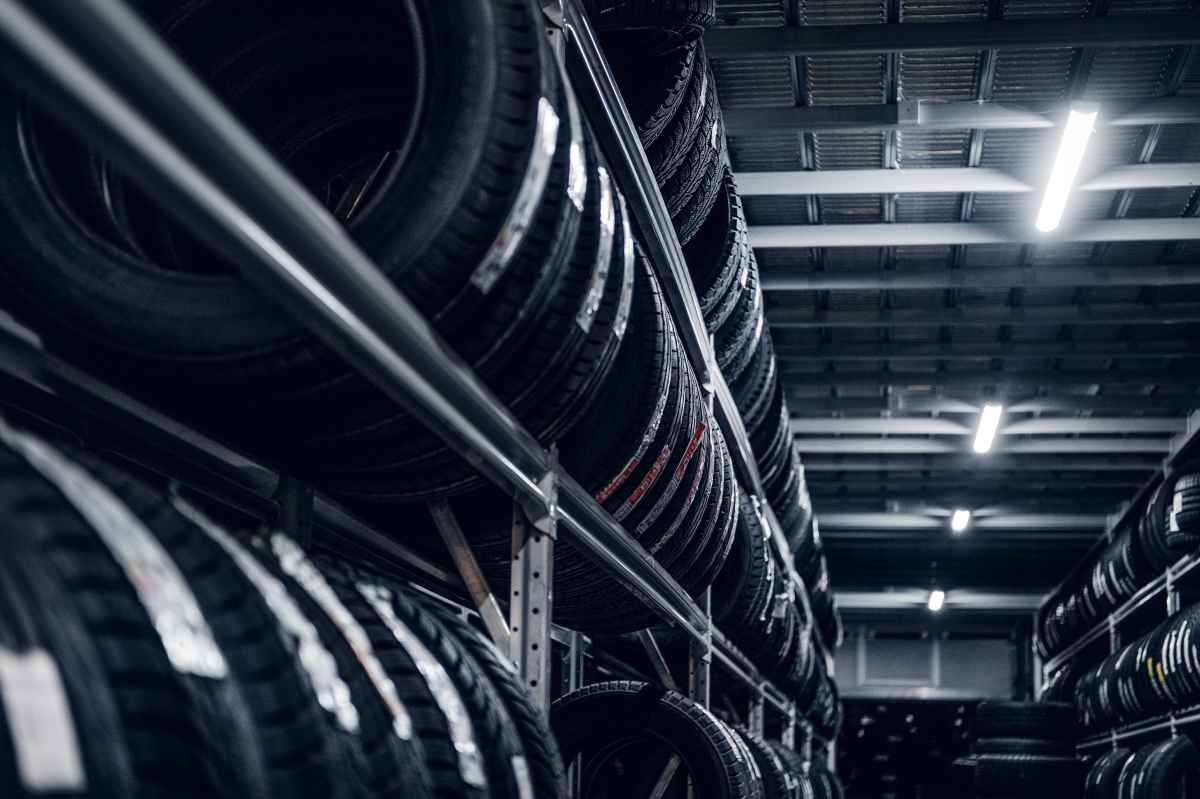Introduction
Rubber masterbatch has played a significant role in enhancing the properties and performance of rubber products for several decades. As industries continue to innovate and demand more efficient and versatile materials, rubber masterbatch has evolved to meet these requirements. In this article, we will delve into the trends and innovations surrounding rubber masterbatch, its applications, benefits, challenges, and answer some frequently asked questions.
Evolution of Rubber Masterbatch
- Early Developments: Rubber masterbatch has its roots in the early advancements of rubber compounding. Initially, compounding rubber required blending various additives and fillers separately, resulting in inconsistent and time-consuming processes. However, the introduction of rubber masterbatch streamlined this process by pre-mixing the additives, fillers, and base polymers. This innovation led to improved dispersion, reduced labor, and enhanced product quality.
- Enhanced Coloration: One of the prominent advancements in rubber masterbatch is its ability to provide vibrant and consistent coloration to rubber products. With the integration of highly specialized pigments and dyes, manufacturers can achieve a wide range of colors, ensuring visual appeal and brand recognition. The use of rubber masterbatch for coloration also minimizes the risk of pigment migration, resulting in durable and long-lasting color retention.
- Functional Additives: Rubber masterbatch has expanded beyond coloration to incorporate a variety of functional additives. These additives enhance specific properties such as flame resistance, UV resistance, anti-static properties, and more. By incorporating these additives into the masterbatch, manufacturers can easily customize the rubber compounds to meet the desired performance requirements, making it suitable for diverse applications.
- Sustainable Solutions: As sustainability becomes a growing concern, the rubber industry has responded by developing eco-friendly rubber masterbatch solutions. Innovations include the use of recycled materials, bio-based additives, and reduced energy consumption during the manufacturing process. These sustainable rubber masterbatch options not only contribute to a greener environment but also align with the evolving consumer preferences for eco-friendly products.
Applications of Rubber Masterbatch
- Automotive Industry: Rubber masterbatch finds extensive application in the automotive industry. It is used in the production of tires, rubber seals, hoses, gaskets, and various interior and exterior components. The ability of rubber masterbatch to enhance durability, weather resistance, and performance characteristics makes it an ideal choice for automotive applications.
- Construction Industry: In the construction industry, rubber masterbatch is employed in the manufacturing of seals, gaskets, roofing materials, and various structural components. The addition of functional additives, such as fire retardants and UV stabilizers, ensures that the rubber products can withstand harsh weather conditions and maintain their structural integrity over time.
- Consumer Goods: Rubber masterbatch is utilized in consumer goods like footwear, sporting goods, toys, and household products. By incorporating color masterbatch, manufacturers can produce visually appealing and vibrant products. Additionally, functional additives improve the performance and longevity of consumer goods, ensuring customer satisfaction.
Challenges in Rubber Masterbatch
- Compatibility: Achieving compatibility between the rubber base polymer and the masterbatch additives can be challenging. Some additives may adversely affect the curing process or the physical properties of the final rubber product. Extensive testing and formulation adjustments are necessary to ensure optimal compatibility.
- Shelf Life: Certain additives in rubber masterbatch, particularly those used for coloration, can degrade over time, leading to changes in color intensity or stability. Manufacturers need to carefully consider the shelf life of the masterbatch to avoid potential quality issues in the final products.
Conclusion
Rubber masterbatch has undergone significant advancements to meet the evolving needs of industries. From improved coloration to the incorporation of functional additives and sustainable solutions, rubber masterbatch has become a versatile tool in enhancing the properties and performance of rubber products. By understanding the latest trends and innovations in rubber masterbatch, manufacturers can create high-quality rubber products that cater to a wide range of applications.
Frequently Asked Questions (FAQs)
Rubber masterbatch is a pre-mixed blend of additives, fillers, and base polymers used to enhance the properties and performance of rubber compounds. It simplifies the compounding process and improves dispersion, resulting in consistent and high-quality rubber products.
Rubber masterbatch is added during the rubber compounding process. It is mixed with the base polymer, facilitating the dispersion of additives and fillers. The compounded rubber is then processed further to manufacture various rubber products.
Using rubber masterbatch offers several benefits, including improved color consistency, enhanced product performance, simplified compounding process, reduced labor costs, and customization of rubber compounds with functional additives.
Yes, rubber masterbatch can be customized to meet specific application requirements. Manufacturers can incorporate functional additives such as flame retardants, UV stabilizers, and anti-static agents to enhance desired properties and performance characteristics.
Yes, there are eco-friendly rubber masterbatch options available. These include the use of recycled materials, bio-based additives, and energy-efficient manufacturing processes, contributing to a more sustainable rubber industry.

